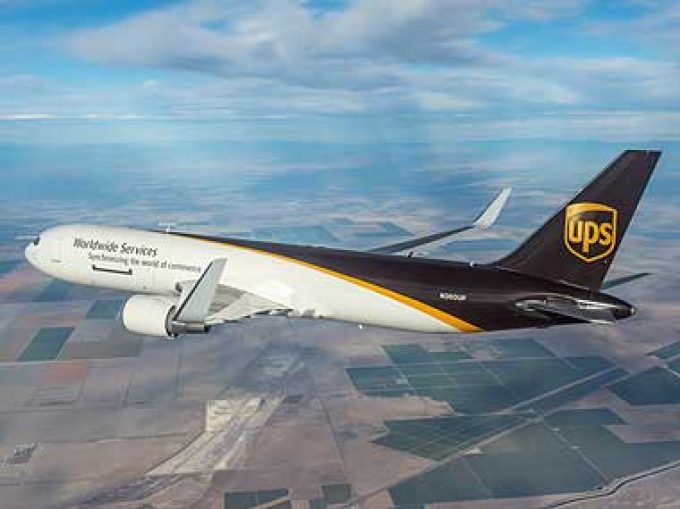The M&A window of opportunity is wide open
The bigger the better, on merit

UPS is hitting cargo owners with multiple surcharges in the run-up to the peak season – with the biggest hit on imports from China and its territories.
Starting on 15 September, the integrator is to impose a ‘surge fee’ on US imports arriving by air from China and 12 Australasian countries or territories.
For parcels from China, Hong Kong and Macau, the charge will be 50 cents per pound and, for those from the other countries, ...
Outlook for container shipping 'more uncertain now than at the onset of Covid'
Transpac container service closures mount
Shippers warned: don't under-value US exports to avoid tariffs – 'CBP will catch you'
Cancelled voyages take the sting out of spot rate declines this week
New Houthi warning to shipping as rebel group targets specific companies
Blanked sailings in response to falling demand 'just a stop-gap solution'
K+N CEO unveils impact of US import tariffs on China-origin goods
CMA CGM to reflag box ship as the French carrier eyes growing Indian market
UK pauses tariffs on 'everyday' items
Boeing looks to resell up to 50 aircraft rejected by Chinese buyers
'Strong start' to 2025, despite market uncertainty, says Kuehne + Nagel
US Customs chaos means 'more downside risk than upside potential' for air cargo
More pressure on transpacific rates as carriers bet on a China-US trade deal
Taiwan ministries act to mitigate effect of trade war on agriculture exports
Wan Hai joins box shipping 'arms race', but avoids Chinese yards for newbuilds

Comment on this article